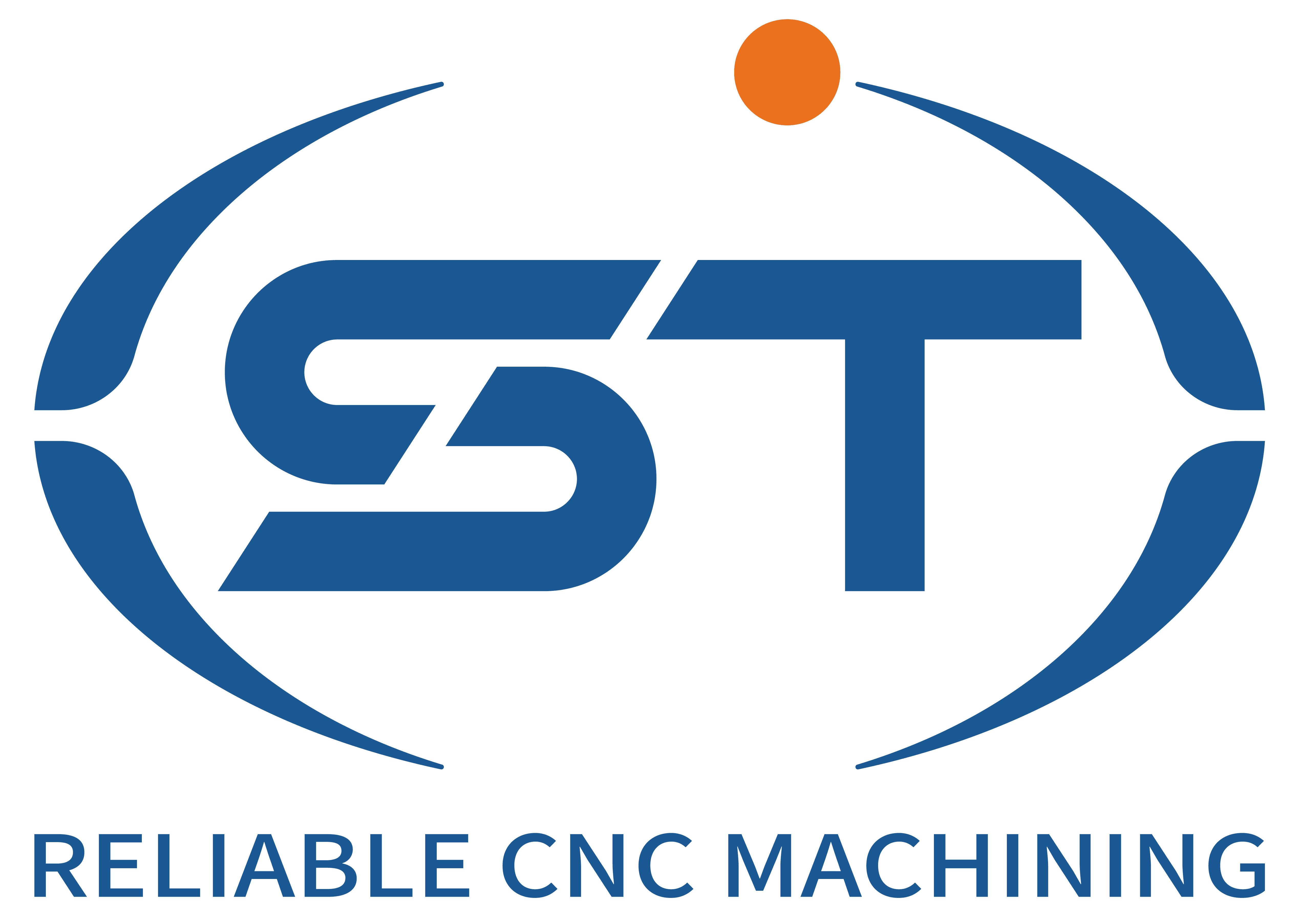Energy Consumption Management in Faites une demande maintenant ! pour les composants automobiles
Controlling energy use in CNC machining is essential for reducing operational costs, meeting sustainability goals, and enhancing competitiveness in automotive manufacturing. High-energy processes like milling, turning, and grinding contribute significantly to production expenses, especially when machining complex parts such as engine blocks or transmission housings. By optimizing machine settings, improving workflows, and adopting energy-efficient technologies, manufacturers can lower electricity consumption without sacrificing productivity or precision. Below are actionable strategies to minimize energy waste in automotive CNC operations.
1. Optimize Machine Operation Modes and Standby Settings
- Dynamic Power Adjustment: Utilizing CNC controllers that automatically reduce spindle speed or feed rate during low-load operations—such as finishing passes on cylinder heads—cuts energy use by matching power output to cutting demands. This approach prevents excessive energy consumption during periods of minimal material removal.
- Smart Standby Management: Implementing automated shutdown protocols for machines during idle periods, such as tool changes or maintenance breaks, reduces standby power draw. For example, configuring lathes processing driveshafts to enter low-power mode after 10 minutes of inactivity lowers electricity costs without disrupting workflow continuity.
- Load-Based Machine Activation: Scheduling high-energy processes, like roughing operations on aluminum engine blocks, during off-peak utility hours when electricity rates are lower leverages time-of-use pricing models. This strategy requires coordination with production planning to align machining cycles with grid demand patterns.
2. Enhance Tooling and Cutting Parameter Efficiency
- High-Efficiency Tool Geometries: Selecting cutting tools with optimized rake angles and chip flutes reduces cutting forces, enabling lower spindle speeds and feed rates without compromising cycle times. For instance, using advanced carbide inserts in milling operations for suspension components decreases energy required per cubic centimeter of material removed.
- Adaptive Cutting Strategies: Programming CNC systems to adjust depth of cut and feed rate based on real-time feedback from force sensors or acoustic monitoring minimizes energy spikes during machining. This method is particularly effective for heterogeneous materials like cast iron, where inconsistent hardness could otherwise lead to inefficient power usage.
- Coolant Optimization: Maintaining proper coolant flow and temperature control ensures consistent chip evacuation, reducing the need for higher spindle speeds to compensate for poor cutting conditions. For example, stabilizing coolant at optimal temperatures during drilling operations for fuel injector bodies prevents thermal expansion errors that might otherwise require rework and additional energy.
3. Streamline Production Layouts and Material Handling
- Compact Cell Design: Arranging CNC machines in close proximity to minimize material transport distances reduces energy wasted on automated guided vehicles (AGVs) or conveyor systems. This layout is advantageous for facilities producing small batches of components like brake calipers, where frequent part changes increase handling frequency.
- Integrated Workholding Solutions: Using modular fixtures that combine multiple setups into a single station cuts machine loading and unloading times. For example, a custom fixture for machining both sides of a differential housing in one clamping reduces idle periods between operations, lowering overall energy consumption.
- Batch Processing Alignment: Grouping similar parts with identical material and cutting requirements into shared production runs avoids frequent machine recalibration. This approach ensures spindle speeds and feed rates remain optimized for extended periods, reducing energy fluctuations during setup changes for components like steering knuckles.
4. Monitor and Analyze Energy Usage Patterns
- Real-Time Energy Metering: Installing submeters on individual CNC machines provides granular data on power consumption across different operations. For instance, tracking energy use during roughing versus finishing passes on crankshafts identifies processes with the highest waste, guiding targeted improvements.
- Historical Data Benchmarking: Comparing energy usage across shifts, machines, or part types reveals inconsistencies in performance. A lathe processing aluminum wheels consuming 20% more energy than similar models may indicate maintenance issues, such as worn bearings or misaligned spindles, requiring corrective action.
- Predictive Maintenance Integration: Linking energy consumption trends to machine health indicators—like rising spindle current during operations—enables early detection of inefficiencies. For example, a gradual increase in power draw during milling of cylinder liners could signal tool wear, prompting timely replacement to prevent energy waste from degraded cutting performance.
By implementing these strategies, automotive manufacturers can achieve measurable reductions in energy consumption while maintaining production targets. Continuous refinement of processes, investment in employee training, and adoption of Industry 4.0 technologies for energy monitoring further enhance long-term sustainability. Proactive energy management not only lowers operational costs but also strengthens environmental compliance and corporate responsibility in the competitive automotive sector.




